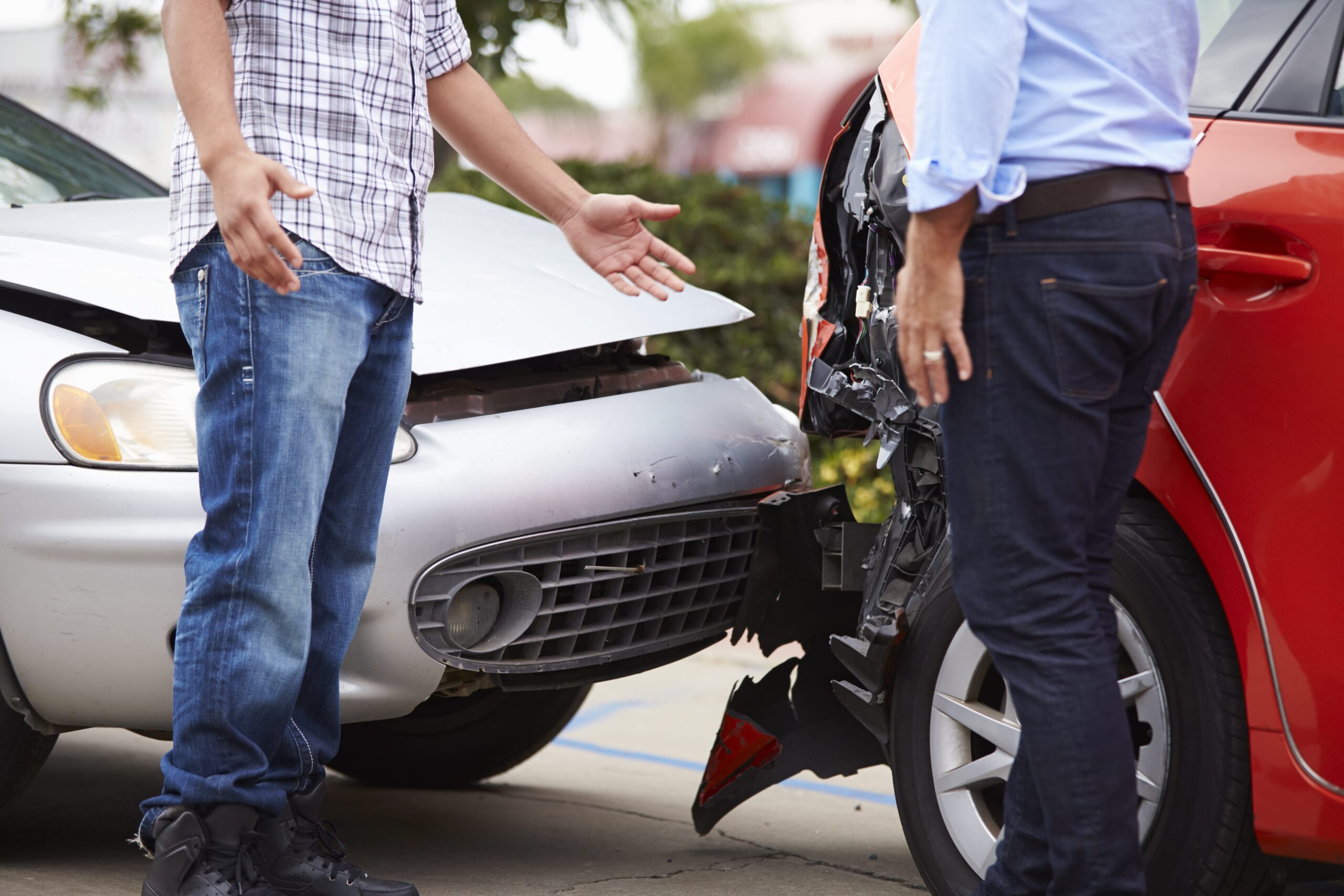
3 Things You Should Know About Comparative Fault in Your Personal Injury Case

When you are injured in an accident in Riverside or as a result of another party’s intentional wrongful act, you may be thinking about filing a personal injury claim. Personal injury law is a broad area of the law that allows an injured person to file a civil lawsuit against the responsible party in order to seek financial compensation for your losses, from hospital bills and lost wages to damages related to pain and suffering. However, your ability to recover 100 percent of the damages you believe you are owed can become complicated when the defendant alleges that you are partially to blame for the accident or the severity of your injuries. In other words, the defendant might say that there is an issue of comparative fault, or contributory negligence.
The following are three things you should know about comparative fault in your personal injury case.
-
California Follows a “Pure” Comparative Fault Rule
Comparative fault laws vary by state. Some states follow what is known as a “modified” comparative fault rule in which a plaintiff can only recover if her fault is less than the combined fault of the defendant(s), meaning that the plaintiff must be less than 50 percent at fault. Other states say that a plaintiff is barred from recovery if she is 51 percent or more at fault, meaning that the plaintiff must be less than 51 percent at fault in order to recover. In these states, the plaintiff’s recovery is diminished by her percentage of fault. And other states, much more strictly, follow what is known as a pure contributory negligence rule in which a plaintiff is barred from recovery as soon as she is even 1 percent at fault.
California, however, follows what is known as a “pure” comparative fault rule in which a plaintiff can recover regardless of her percentage of fault—from 1 percent to 99 percent. As in modified comparative fault states, the plaintiff’s recovery is reduced by her percentage of fault.
-
Comparative Fault is a Defense Raised By the Defendant
A plaintiff should never raise the issue of comparative fault. Instead, this is a defense that is raised by the defendant as a method for reducing the defendant’s responsibility for damages. As we mentioned above, in California, a defendant will still be responsible for a portion of damages even if a jury determines that a plaintiff is partially to blame. However, the defendant will pay less based on the plaintiff’s portion of fault.
-
Plaintiffs Can Successfully Beat Comparative Fault Allegations
Once a defendant raises the issue of comparative fault, it is important to remember that the plaintiff’s damages award will not automatically be reduced. Rather, the plaintiff can present evidence to show that she was not in fact at fault, and that the defendant is responsible for paying 100 percent of the damages award. A personal injury attorney in Riverside can help.
Contact a Riverside Personal Injury Lawyer
If you have questions about comparative fault in a personal injury lawsuit, a Riverside personal injury attorney can assist you. Contact Zemming Christensen, LLP to learn more about how we can assist you.



